Two Ships on the Final Approach
The greatest seaborne invasion in world history was taking place in France on June 6, 1944. But for the Aviation Cadets at Ellington Field, Texas, it was just another day of training.
Only a few minutes after midnight, at about 12:10 AM on the 6th, two AT-10 Wichita trainers were coming in to the runway at Ellington.
Observers in the tower recognized that the two trainers were close – maybe too close. A red light was given to the upper of the two planes, in warning. Meanwhile, a green light was given to the other ship, clearing it for landing.
What happened next will never be known. As the ships grew closer to each other, neither acknowledged any signal from the tower. Another message from the tower advised “First and Second ship on the final approach – Your spacing is very close-” Only moments after this, both planes collided in mid-air. The two pilots lost control, and both crashed to the ground while in a left-spinning spiral.
Both crews of two men were killed in the crash, so they could not be interviewed as to the cause. They were:
Aircraft 41-9419
- Aviation Cadet William G. Joncick, (pilot) 27, of Rock Island County, IL
- Aviation Cadet Robert W. Jellison, 22, of Springvale, ME
At the time of the crash, AVC Joncick had 46 hours and 20 minutes of experience flying the AT-10.
Aircraft 41-27122
- Aviation Cadet William A. Kevan (pilot), 25, of Pittsburg, PA
- Aviation John P. Kerschbaum, (copilot), 22, of Chicago, IL
At the time of the mid-air collision, AVC Kevan had 63 hours and 55 minutes of experience in flying the AT-10.
“The Aircraft Accident Board finds that the accident was caused by 75%Pilot Error, judgment and technique, and 25% Tower Error, judgment.
“The Pilot error is contributed to the fact that the occupants of airplane # 34 (41-9419) did not contact the tower when turning on the approach, and occupants of plane receiving the danger signal did not react to this promptly. The technique error is due to the method used by the lower plane in attempting to avoid the accident. The judgment error is contributed to the tower personnel because the apparent position of the airplane was allowed to continue to such an extent than an accident resulted.”
The remains of these four brave men, who gave their lives in near-anonymity on June 6, 1944, were taken to the Hyde Park Funeral Home in Houston, and from there to their next of kin.
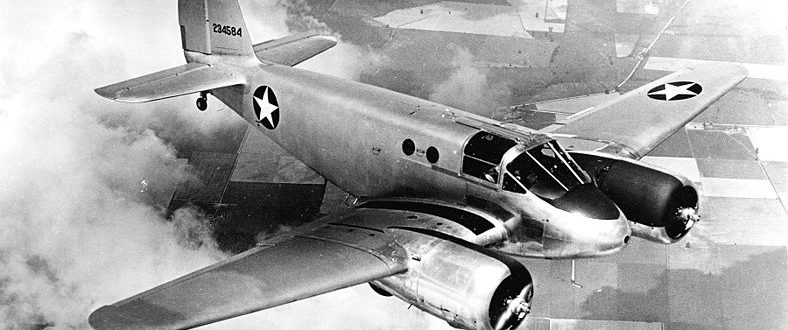
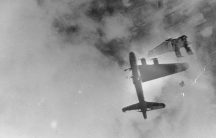
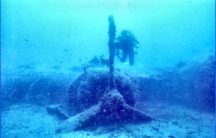
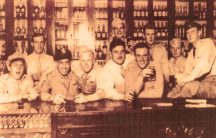
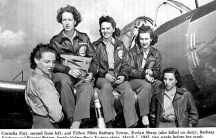
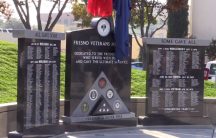
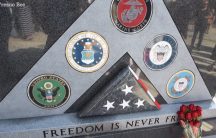
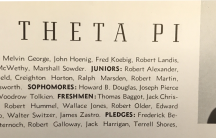


















Ask Bill or comment on this story